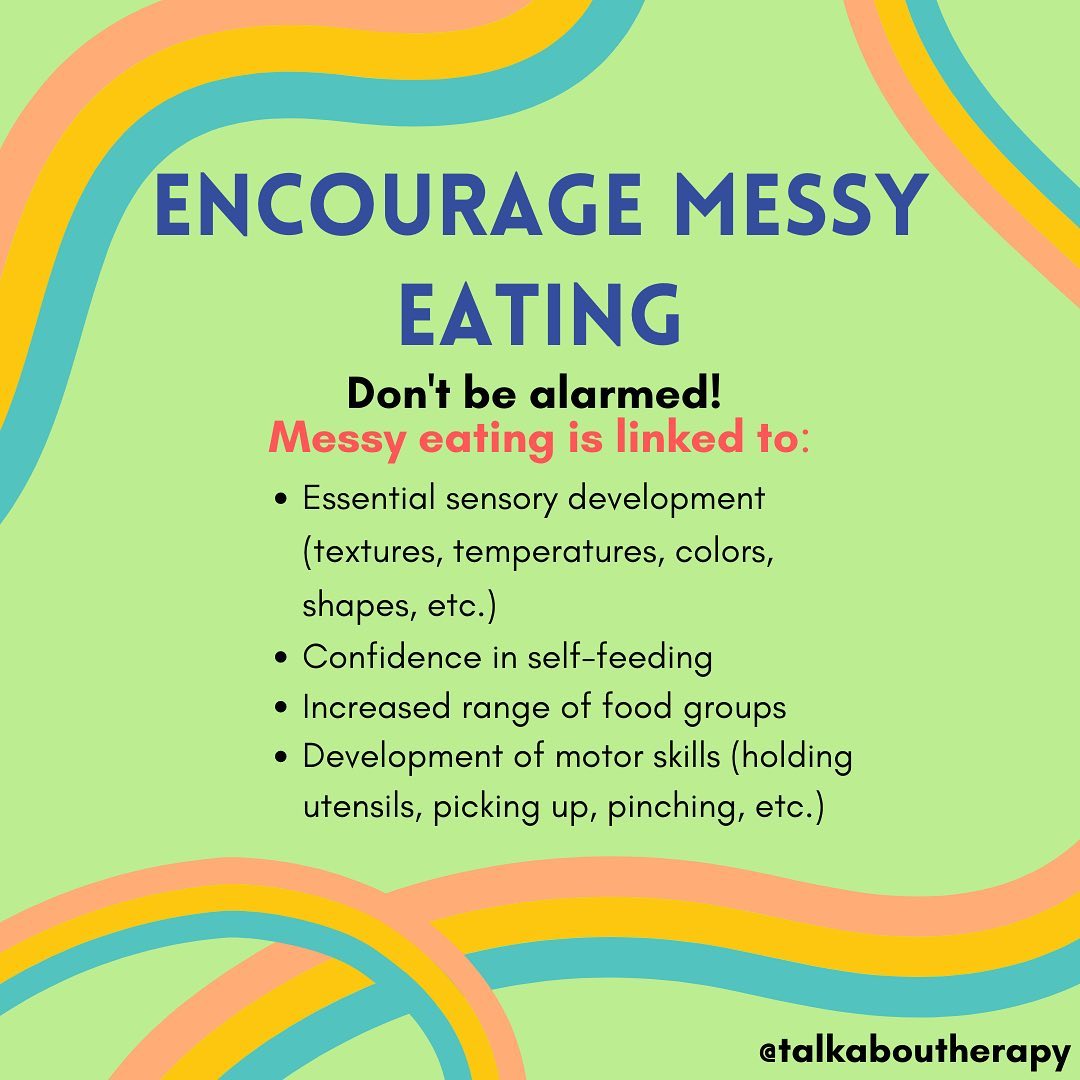In the dynamic landscape of commerce, trademarks serve as the bedrock of brand identity. They distinguish products and services from competitors in the market. However, with the proliferation of businesses and the digital realm, the risk of trademark infringement has escalated. A thorough understanding of Trademark registration processes and available remedies is now necessary. As we delve into the nuances of trademark infringement in 2024, it’s imperative to grasp the significance of registration and the arsenal of remedies at the disposal of trademark holders.
The Crucial Role of Trademark Registration:
Trademark registration acts as a shield, hence providing exclusive rights to the owner and legal recourse against potential infringers. In 2024, amidst a burgeoning global market and the omnipresence of e-commerce, securing a trademark registration is more crucial than ever.
1. Establishing Ownership:
Registering a trademark establishes ownership and also provides irrefutable evidence of rights to the mark. This legal presumption simplifies enforcement actions against infringers, bolstering the credibility of the trademark holder’s claims.
2. Nationwide Protection:
A registered trademark grants nationwide protection, offering a robust defence against unauthorized use across various jurisdictions. Hence, in an interconnected world where businesses transcend geographical boundaries, this national coverage is invaluable in safeguarding brand integrity.
3. Deterrence against Infringement:
Public registration of a trademark serves as a deterrent, hence dissuading potential infringers from encroaching upon protected marks. The visibility of registered trademarks in databases acts as a warning signal, deterring malicious actors and also minimizing the likelihood of infringement.
4. Enhanced Remedial Measures:
Registered trademark holders are entitled to a broader array of remedies in cases of infringement, including statutory damages, injunctive relief, and recovery of attorney’s fees. These enhanced measures serve as powerful deterrents, compelling infringers to cease unlawful activities and also compensate for damages incurred.
Understanding Trademark Infringement:
Trademark infringement occurs when a third party utilizes a mark that is identical or confusingly similar to a registered trademark, thereby causing consumer confusion or dilution of the brand’s distinctiveness. In 2024, the advent of digital platforms has amplified the avenues for infringement, posing unprecedented challenges to trademark enforcement efforts.
1. Cybersquatting:
With the proliferation of online platforms, cybersquatting remains a prevalent form of trademark infringement. Malicious entities register domain names identical or similar to established trademarks with the intent to extort or deceive consumers. Through cybersquatting, infringers exploit the goodwill associated with recognized brands, tarnishing their reputation and also diverting traffic to illegitimate websites.
2. Counterfeiting:
Counterfeiting persists as a pervasive threat, particularly in sectors characterized by high-value brands such as luxury goods and pharmaceuticals. Infringers produce unauthorized replicas of branded products, deceiving consumers and undermining the integrity of legitimate businesses. The proliferation of online marketplaces has exacerbated the proliferation of counterfeit goods, necessitating robust enforcement mechanisms to combat this illicit trade.
3. Trademark Dilution:
Trademark dilution occurs when unauthorized use of a mark diminishes its distinctiveness or tarnishes its reputation, irrespective of consumer confusion. In 2024, the prevalence of social media as well as user-generated content poses significant challenges in preventing dilution, as unauthorized references to trademarks may erode their inherent value and dilute their uniqueness over time.
Remedies for Trademark Infringement:
In combating trademark infringement, trademark holders are equipped with an array of remedies aimed at restoring their rights and deterring future violations. In 2024, advancements in legal frameworks and also technological tools have augmented the efficacy of these remedies, empowering trademark owners to protect their intellectual property rights with greater precision and efficiency.
1. Cease and Desist Letters:
Cease and desist letters serve as an initial recourse in addressing trademark infringement, urging infringers to cease unauthorized use of the trademark and rectify the violation. These letters typically outline the legal basis for the claim and provide infringers with an opportunity to voluntarily cease infringing activities before escalating to formal legal proceedings.
2. Injunctive Relief:
Injunctive relief remains a potent remedy in halting ongoing infringement and preventing future violations. Courts may issue injunctions ordering infringers to cease using the trademark and refrain from engaging in further infringing activities, thereby safeguarding the interests of the trademark holder and preserving the integrity of the brand.
3. Damages and Monetary Relief:
In cases of willful infringement, trademark holders may seek damages to compensate for financial losses incurred as a result of the infringement. Courts may award monetary relief, including actual damages, disgorgement of profits derived from the infringement, and also punitive damages designed to deter egregious violations of intellectual property rights.
4. Domain Name Disputes:
In instances of cybersquatting, trademark holders can initiate domain name disputes through mechanisms. Such as via the Uniform Domain-Name Dispute-Resolution Policy (UDRP). These proceedings facilitate the swift resolution of disputes concerning domain names that infringe upon registered trademarks, allowing trademark holders to regain control of their online presence and mitigate reputational harm.
Conclusion:
In the ever-evolving landscape of commerce, trademark infringement poses a formidable challenge to brand owners. A proactive approach toward TM registration as well as enforcement is needed. By securing trademark registration online and leveraging an array of remedies for infringement of Trademark trademark holders can fortify their rights. They can safeguard their brands, and also preserve the integrity of their intellectual property in the digital age. As we navigate the complexities of trademark infringement in 2024, a comprehensive understanding of registration processes and also available remedies remains indispensable. It helps protect the fruits of innovation and fosters a climate of fair competition in the marketplace.




